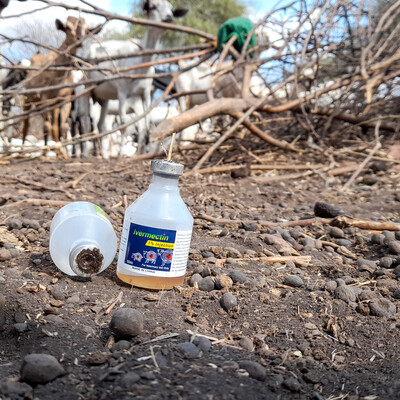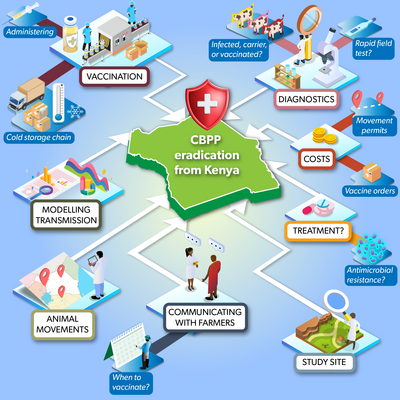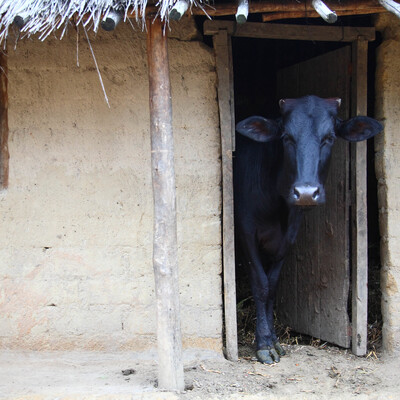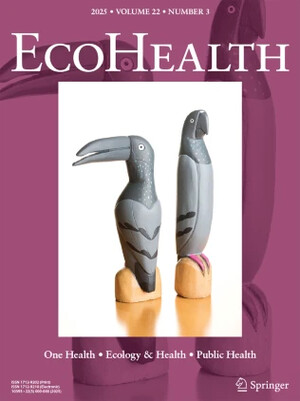
New study reviews strategies to reduce acaricide resistance in ticks in smallholder livestock systems in Africa
Ticks are a major cause of economic losses in the livestock sector in the tropics and sub-tropics. Ticks transmit the pathogens that cause livestock diseases such as East Coast fever, babesiosis and anaplasmosis which are responsible for the deaths of millions of cattle every year.
In many African countries, tick control has recently been the responsibility of resource-poor livestock keepers rather than central government veterinary departments. This has led to an increase in acaricide resistance in ticks, threatening the welfare and livelihoods of millions of livestock farmers.
A new review article on the current status of acaricide resistance of cattle ticks in Africa discusses various strategies that can help to tackle this growing problem. The article is published in Current Research in Parasitology & Vector-Borne Diseases (May 2022).
The study reveals that acaricide resistance in ticks has evolved to the three classes of acaricides used most extensively in Africa, namely, fourth-generation synthetic pyrethroids, organophosphates and amidines.
Acaricide resistance can be mitigated through integrated control strategies such as rotation of acaricides having different modes of action, using mixtures of acaricides or extracts from local indigenous plants, vaccination against ticks and improved land management use by cattle. These approaches would significantly reduce the frequency of acaricide application per year.
The study also calls for a more evidence-based approach to acaricide use in small-scale livestock systems in Africa. This includes surveillance and direct measurement of acaricide resistance levels, education of farmers on proper use of acaricide products, strengthening of extension services and improved management of communal cattle dips.
Citation
Githaka, N.W., Kanduma, E.G., Wieland, B., Darghouth, M.A. and Bishop, R.P. 2022. Acaricide resistance in livestock ticks infesting cattle in Africa: Current status and potential mitigation strategies. Current Research in Parasitology & Vector-Borne Diseases 2: 100090.
Photo credit: Vaccination against East Coast fever in northern Tanzania (ILRI/Stevie Mann)


















